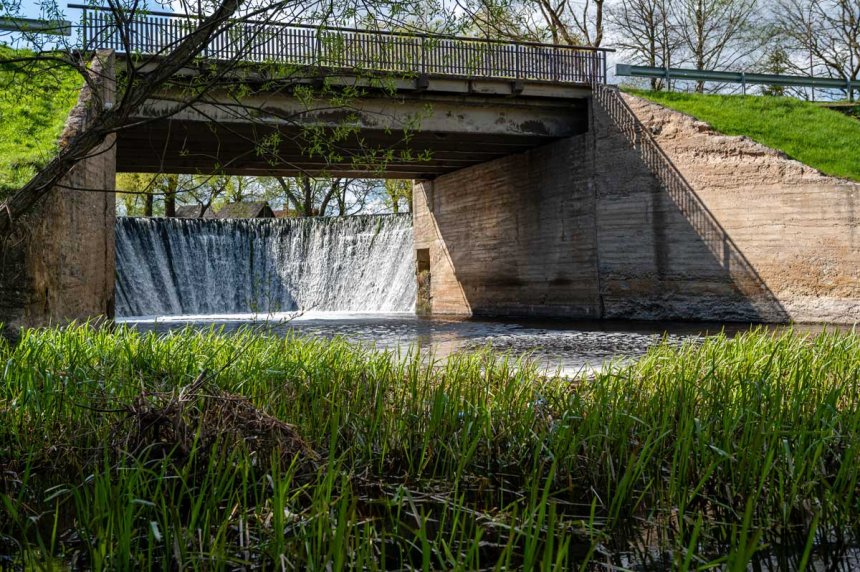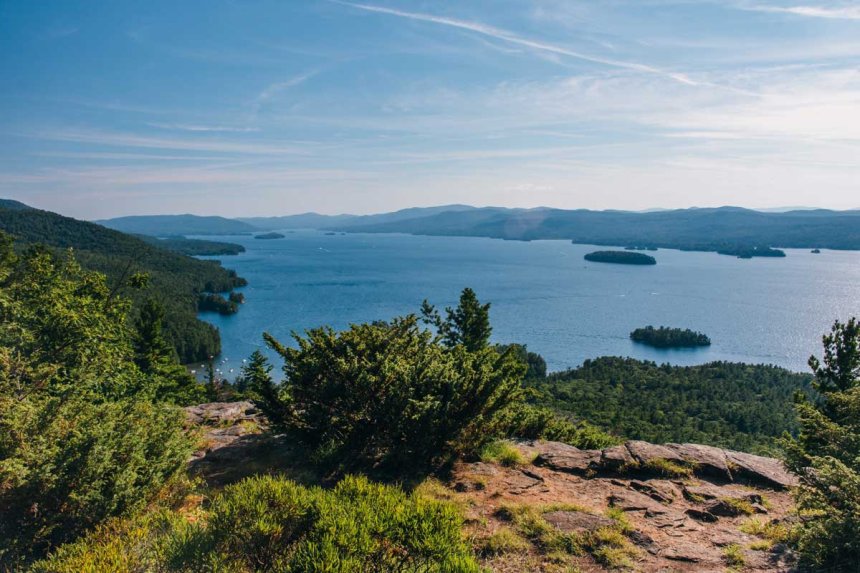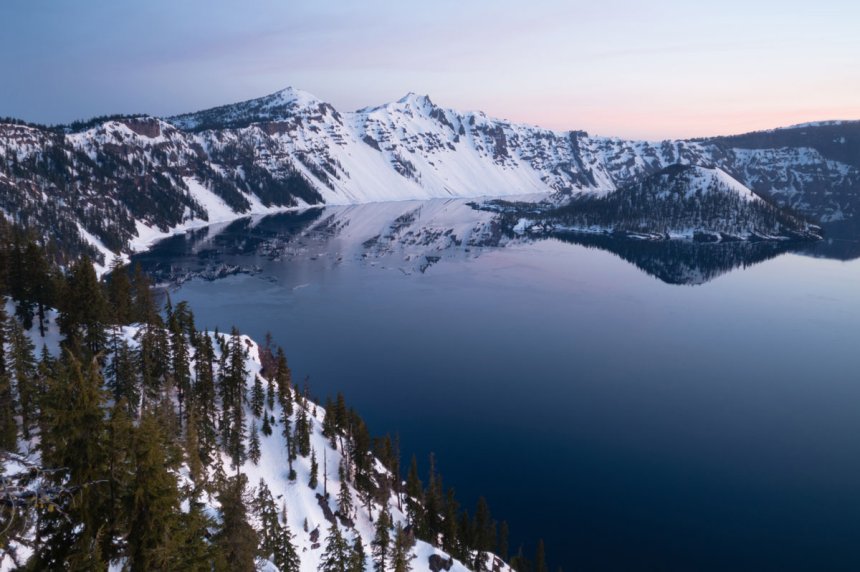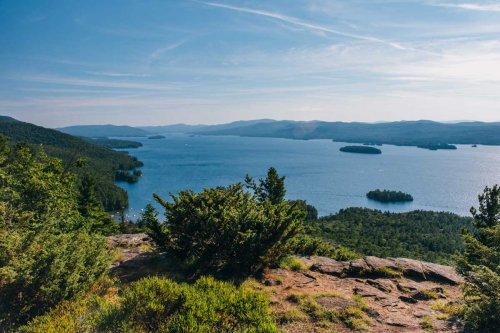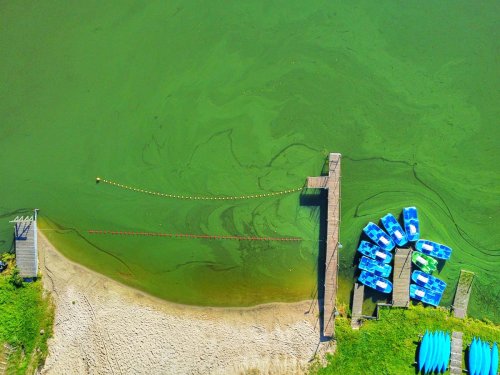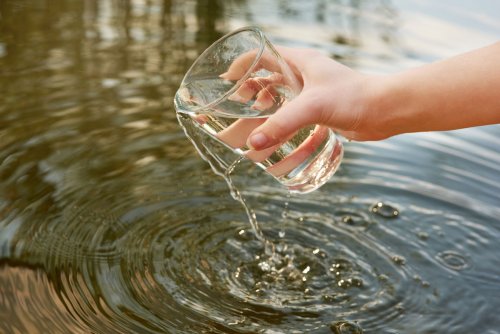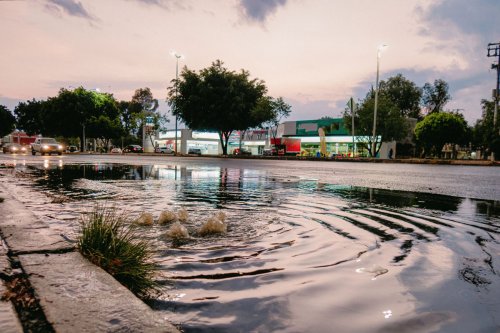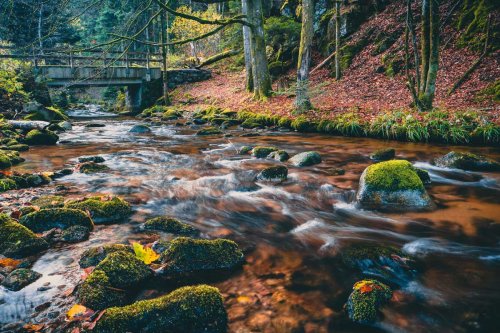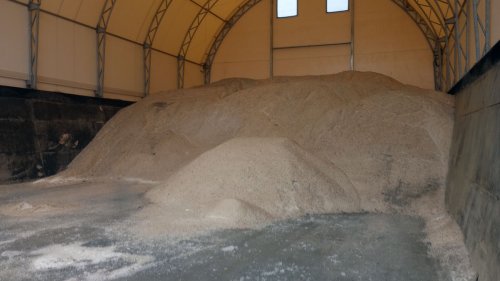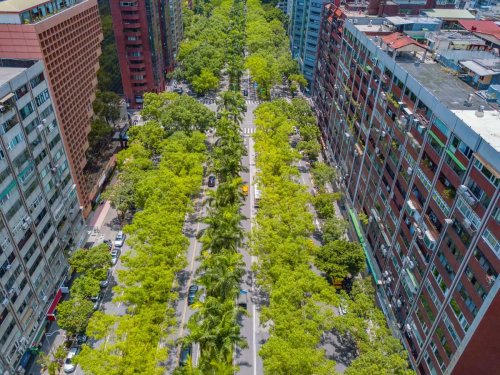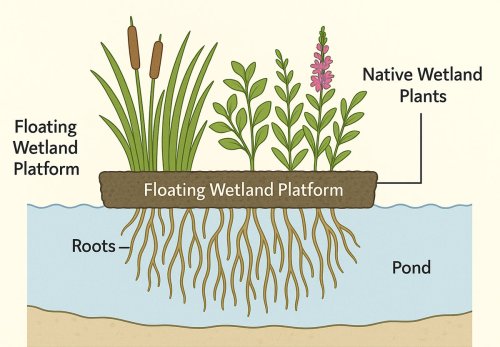The Slow Death of the Salton Sea
The story of the Salton Sea is a sobering example of how human engineering, water politics, and environmental neglect can conspire to create a slow-moving catastrophe. Its destruction affects not just wildlife, but people—particularly the low-income, rural communities that surround it. Whether the Salton Sea becomes an enduring environmental disaster or a model for managed retreat and remediation depends on the political will and public investment in the years ahead. One thing is clear: the sea is dying, and time is running out.

Once a shimmering desert oasis and popular resort destination, the Salton Sea is now a cautionary tale of environmental neglect and mismanagement. Located in Southern California’s Imperial and Coachella Valleys, the Salton Sea has been shrinking, becoming saltier and more polluted with each passing year—threatening wildlife, air quality, and nearby communities. Its decline is not only ecological but also deeply human, with widespread health and economic consequences.
How the Salton Sea Was Born
The Salton Sea is not a natural lake, but rather a man-made accident. In 1905, an engineering failure on the Colorado River irrigation system caused floodwaters to spill into the Salton Sink—a below-sea-level desert basin. For nearly two years, the river flowed unchecked into the basin, creating the Salton Sea, California’s largest lake by surface area.
Initially, the sea thrived. Agricultural runoff from surrounding farmland fed it with a steady supply of fresh water, while stocked fish populations and migrating birds transformed it into a vibrant ecosystem. By the mid-20th century, the Salton Sea became a booming tourist destination, with marinas, yacht clubs, and fishing tournaments attracting celebrities and vacationers alike.
The Causes of Its Collapse
Several interwoven factors have led to the destruction of the Salton Sea:
1. Lack of Natural Inflow and Outflow
Unlike most lakes, the Salton Sea has no natural outlet. Its only water input came from agricultural runoff and occasional rainfall. Over time, increasing evaporation and reduced inflows led to declining water levels.
2. Rising Salinity
As water evaporated, salts and minerals were left behind. The sea became saltier than the ocean, making it inhospitable for most fish and bird species. Massive fish die-offs began in the 1970s and worsened over time.
3. Toxic Pollution
Agricultural runoff contained not just water, but also pesticides, fertilizers, and heavy metals. As the lake shrank, it exposed toxic sediments, turning large areas of dry lakebed (called playa) into dust pollution sources.
4. Water Diversions
A critical blow came in 2003 with the Quantification Settlement Agreement (QSA), which diverted water from the Imperial Valley (and thus from the Salton Sea) to urban areas like San Diego and Los Angeles. This drastically reduced agricultural runoff, accelerating the sea’s decline.
The End Result: An Ecological and Public Health Crisis
The collapse of the Salton Sea has had devastating effects:
- Ecosystem Collapse
- Once home to over 400 bird species and thriving fish populations, the sea is now largely devoid of life. Fish like tilapia and corvina have perished, and bird species like the pelican and the endangered Yuma Ridgway's rail have fled or died.
- Toxic Dust Storms
- As the lake recedes, it leaves behind a vast salt flat laced with agricultural chemicals and natural toxins. Winds pick up this dust and blow it into nearby communities, contributing to soaring asthma rates and other respiratory issues, particularly among children.
- Economic Decline
- Once-promising towns like Bombay Beach and Salton City have become semi-abandoned ghost towns. Property values have plummeted, and tourism is nearly nonexistent.
- Legal and Political Gridlock
- Though the state of California has pledged billions for mitigation efforts, implementation has been slow. Bureaucratic red tape, competing water rights, and a lack of federal urgency have left restoration projects stalled or underfunded.
Can It Be Saved?
Efforts are underway to address the damage:
- Dust Suppression Projects are attempting to cover exposed lakebed with vegetation or engineered surfaces.
- Habitat Ponds aim to provide refuges for bird species.
- Some proposals have included importing seawater or building large-scale desalination projects, but these are costly and politically complex.
Still, even the most optimistic plans don’t promise full restoration. At best, they aim to manage the damage—reducing health impacts and preserving remnants of the once-rich ecosystem.
The story of the Salton Sea is a sobering example of how human engineering, water politics, and environmental neglect can conspire to create a slow-moving catastrophe. Its destruction affects not just wildlife, but people—particularly the low-income, rural communities that surround it. Whether the Salton Sea becomes an enduring environmental disaster or a model for managed retreat and remediation depends on the political will and public investment in the years ahead. One thing is clear: the sea is dying, and time is running out.

